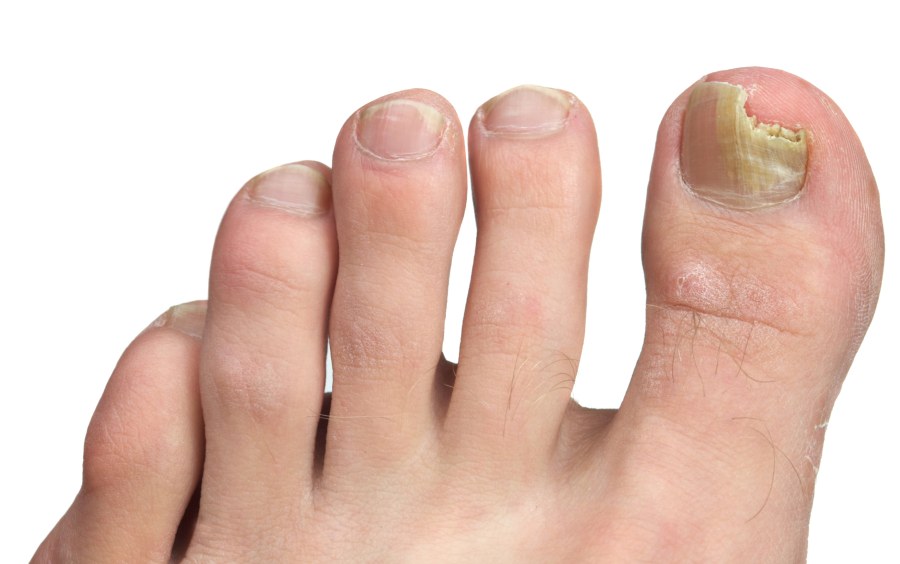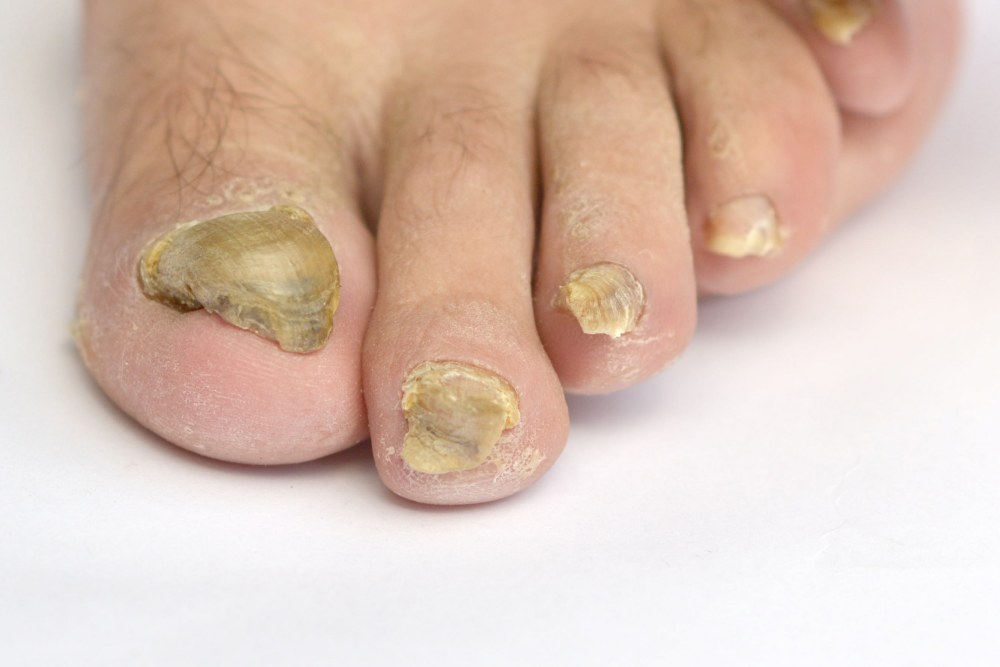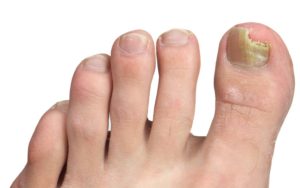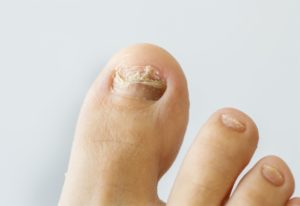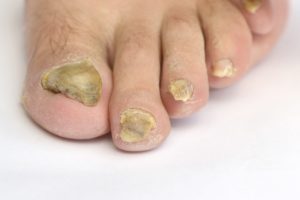Five tips to care for your feet to help prevent unwanted nail fungus
Nail fungus is an unpleasant experience with the potential to sideline runners. Check out these tips to avoid the often painful problem.
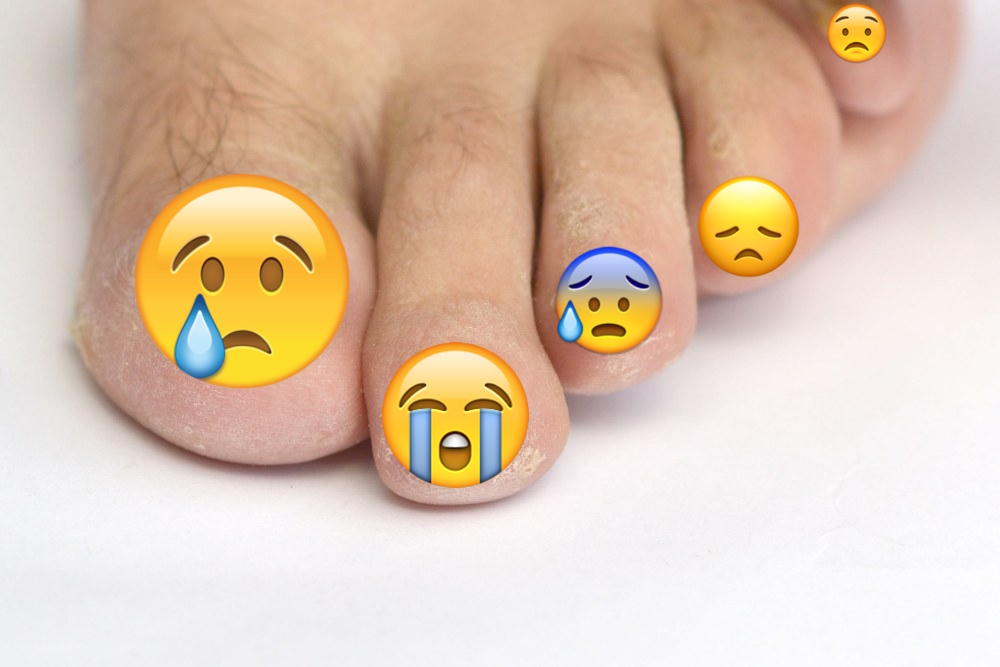

Your feet are the base of every stride. It’s not only important to have proper footwear and socks to have your legs feeling at their best, it’s also necessary to take proper care of your feet. Some runners may be aware of the usual problems – blisters, aches, pains, smell or black toenails – but if proper preventative measures aren’t taken, an even more visually unappealing issue may arise: nail fungus.
Medically known as onychomycosis, this is a fungal infection of the nail. Common symptoms include discoloured toe nails, crumbling nails and nail brittleness. Physical trauma, like the infamous runner’s black toenail, for example, may also act as an entry point for fungus. According to nailfungus.ca, one in five Canadians have had a toenail fungus infection.
WARNING: There are photos of nail fungus at the bottom of this page..
Remember that it may be best to consult a dermatologist or podiatrist if you feel or see any of the early symptoms of nail fungus. There are a number of treatment options for nail fungus including certain prescription medications. Not catching the problem early may lead to the fungus spreading to other toenails as well as surrounding skin. Fungus may cause permanent damage to the nail, too.
Beyond the traditional running injuries – IT Band Syndrome, shin splints and plantar fasciitis among many others – being sidelined by an infection that can be prevented would be frustrating. Yes, not tending to your toes could take you out for a season of running.
In an effort to prevent getting to that point, and perhaps being sidelined, check out some foot care tips below.
Five preventative tips to care for your feet
Keep your feet clean and dry
Remove the insoles from your running shoes and place them aside, preferably next to a heat source. This will help the shoe dry between uses, especially in the winter months when moisture from snow and slush builds up. Warm, moist environments are an ideal breeding ground for toenail fungus infections.
Change your socks frequently
Pounding the trails, pavement, track or treadmill will likely have your feet sweaty and warm. With more than 125,000 sweat glands on each foot, things are bound to get moist, especially when out on runs.
Hot, sweaty conditions can set the stage for fungal nail infections. Opt for materials that are breathable to keep moisture away from the skin. For runners, SmartWool socks are a great option as are brands, like Stance, that have moisture-wicking capabilities to lift the sweat from the surface of the skin, and we love the way they look. And never try to squeeze more than one run out of a pair of socks. When the run is done, dry your socks out and then wash them, preferably with bacteria-killing, sports-oriented detergent.
Get the right shoe size and width right
When shopping for shoes, don’t get sucked into that sale pair that are just a touch too big or small. Fit is key to foot health, with a slight amount of wiggle room between your big toe and the end of the toe box. And width is equally important. Certain brands offer different widths, and it’s worth getting your feet measured or even scanned by 3D analysis in order to figure out which pair is ideal for you. Wearing a shoe that’s too small will cause your feet to bang around in the toe box, inevitably triggering a black toe or two. Loose, overly wide shoes are just as problematic. The key fending off fungus is to keep your nails intact. Proper shoes are paramount to healthy feet.
RELATED: The Perfect Running Shoe.
Nail care
Keep your toenails clipped short and straight across. Use a file to smooth off the edges. And buy a nail kit for yourself, avoiding sharing instruments used to take care of your potentially infected feet (as well as picking up anything unwanted from others). Trimmed nails can extend the life of your socks (less ripping) as well as prevent your feet from hitting the edges of your shoe, which may increase the likelihood of rubbing and black toenails.
Let your feet breathe
Try to avoid walking barefoot in public showers, pools and locker rooms. If you do need to use public areas, whether that’s at your local gym or pool, one option is to grab a pair of flip flops to provide a medium between your foot and the ground. Toenail fungus can be contagious – it can be transferred from person to person, within families, as well as from one toenail to another.
For online resources, check out the experts over at nailfungus.ca for more information.
